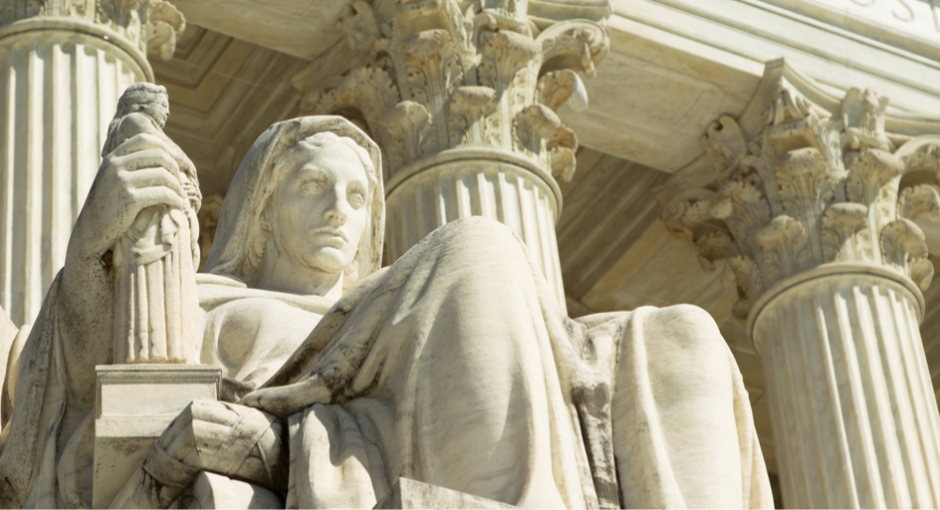The U.S. Supreme Court’s decision to take up a case involving steep Medicare Part B payment cuts to 340B hospital-operated outpatient sites took many legal experts by surprise. However, attorneys that 340B Report conferred with believe the court will be using the case to reexamine a nearly 40-year-old legal doctrine regarding how federal agencies draft and adopt regulations.
Known as the “Chevron deference,” the doctrine stems from a 1984 case that pitted the oil giant against the Natural Resources Defense Council. The Supreme Court ruled at that time that judges should defer to policies promulgated by federal agencies as long as they are reasonable and Congress did not devise legislation to address the specific issue at hand. In a situation where there are any ambiguities in a law, the federal agency can interpret it on its own so long as it does not act in an arbitrary and capricious manner.
In this instance, the U.S. Department of Health and Human Services (HHS) imposed in 2018 a nearly 30% rate cut on the reimbursement 340B hospital outpatient clinics can receive for clinician-administered drugs. The U.S Court of Appeals for the District of Columbia circuit ruled that HHS acted within its authority because the Medicare Prescription Drug, Improvement, and Modernization Act allowed it to make such adjustments to reimbursement. It therefore acted reasonably under the Chevron doctrine.
The Supreme Court agreed to hear the case brought by the American Hospital Association and other leading provider groups in its 2022 term even though there are no conflicting opinions about the case in the lower courts.
“It is fair to say the Chevron issue caught the court’s attention,” said Ronald Connelly, a principal with the law firm of Powers Pyles Sutter & Verville in Washington, D.C. Connelly is the lead attorney representing Ryan White Clinics for 340B Access and a group of U.S. Health Services and Resources Administration (HRSA) grantees in a suit launched in November 2020 to force the Trump Administration to compel drug manufacturers to offer 340B pricing in the contract pharmacy setting.
Andrew Ruskin, a partner in the Washington, D.C. law firm of K&L Gates, believes that the high court wants to clarify what the AHA and the other plaintiffs have argued are a conflation of standards for applying the Chevron doctrine. Ruskin represents health care providers and pharmaceutical manufacturers.
“The AHA plaintiffs have argued that, at this first stage of the Chevron test, the court is not supposed to be deferential to the agency’s interpretation, but rather they are to apply all of the traditional tools of statutory construction available to them to decipher the plain meaning of the statute,” Ruskin said.
Although Ruskin does not believe the court’s ideological shift in recent years is a factor in its decision to hear the case, Connelly noted the justices may want to clarify what “Chevron deference” should stand for in the coming years. He added that the late Justice Antonin Scalia, a conservative stalwart who initially supported Chevron deference, began to take a differing view of it in later years. The high court may want to follow in his footsteps, he suggested.
How the Supreme Court may rule when it hears the case remains to be seen.
“I didn’t expect that the Supreme Court would take review of the case because when a non-government party seeks review (as in this case), the Supreme Court only accepts a very small percentage of cases,” said Barbara Williams, also a principal at Powers Law. However, Williams believes that given that the District of Columbia circuit appellate court heard the case and is considered the most respected of the federal courts outside of the Supreme Court, it could be a difficult case to overturn.
Connelly is more optimistic. “The fact that the hospitals so heavily emphasized the Chevron issues to a court with six conservative justices in the majority…there is a reasonable chance the hospitals will prevail,” he said.
Meanwhile, hospitals anxiously await the upcoming outpatient prospective payment system (OPPS) proposed rule for 2022 that could come out as early as this month. Hospital groups are hoping the Biden administration will abandon the cuts.


